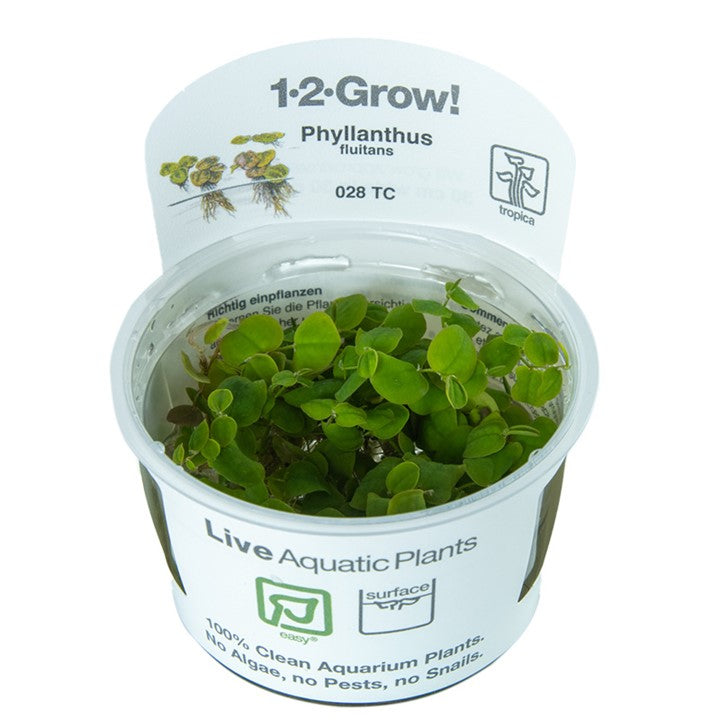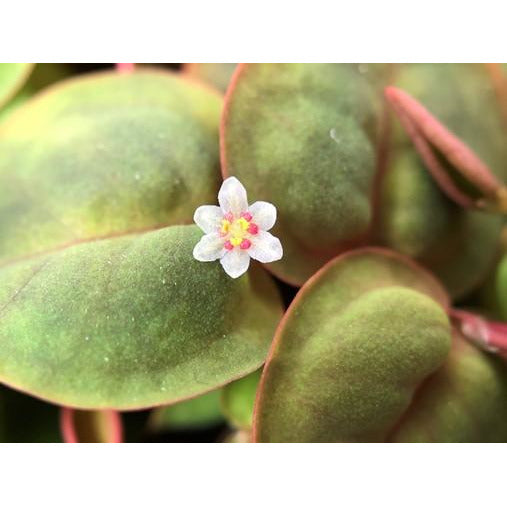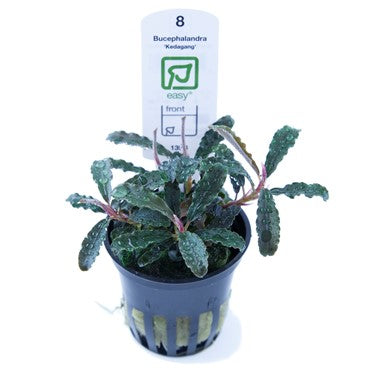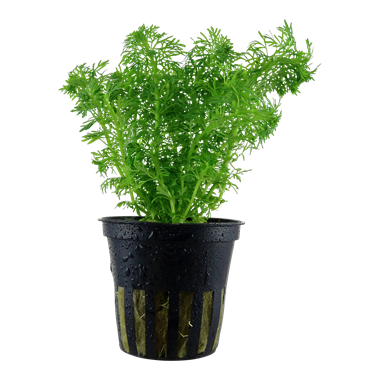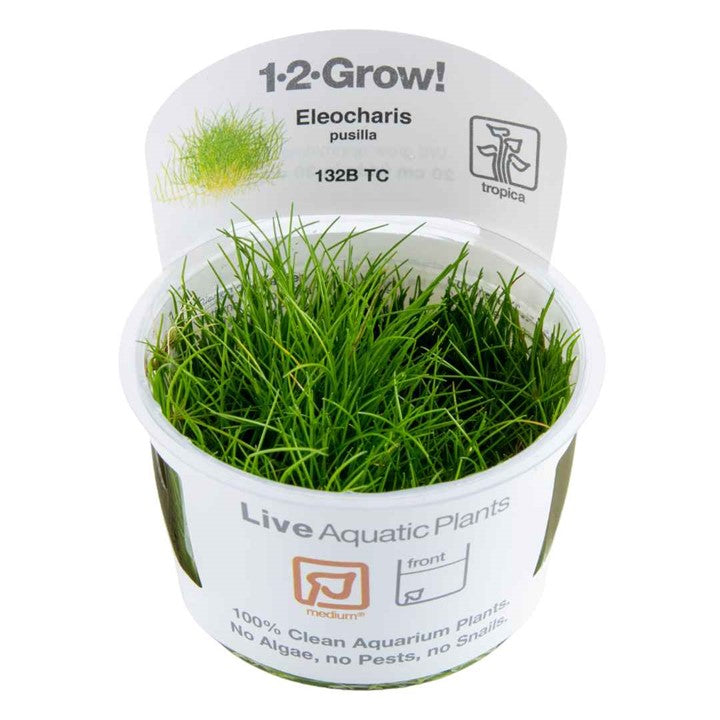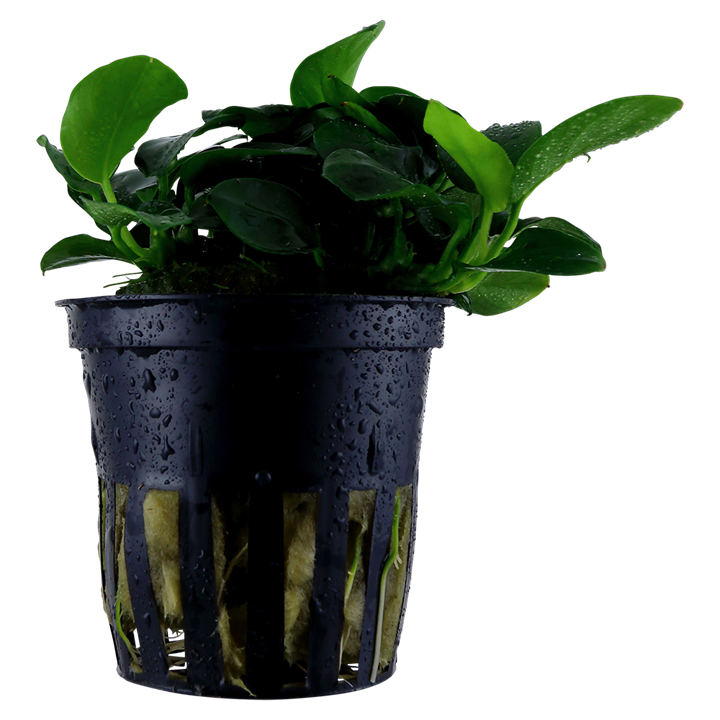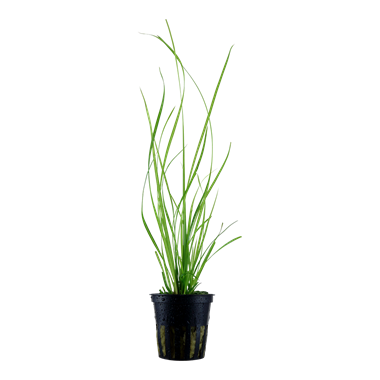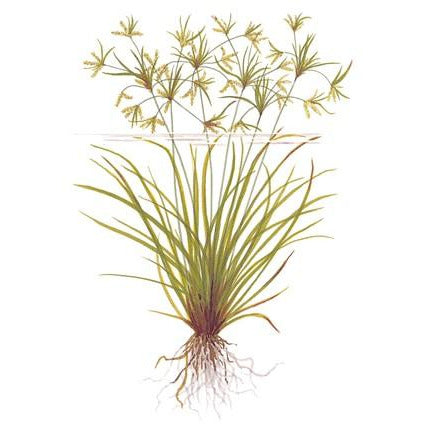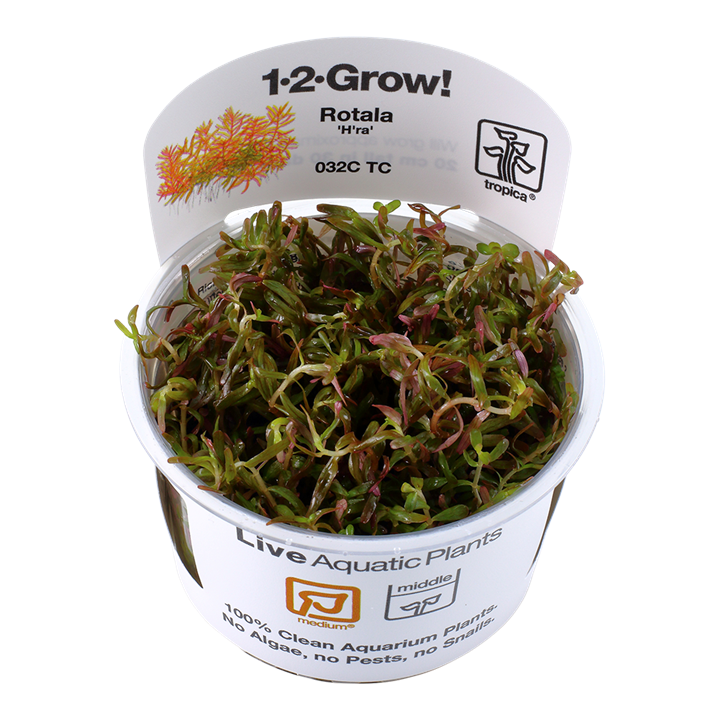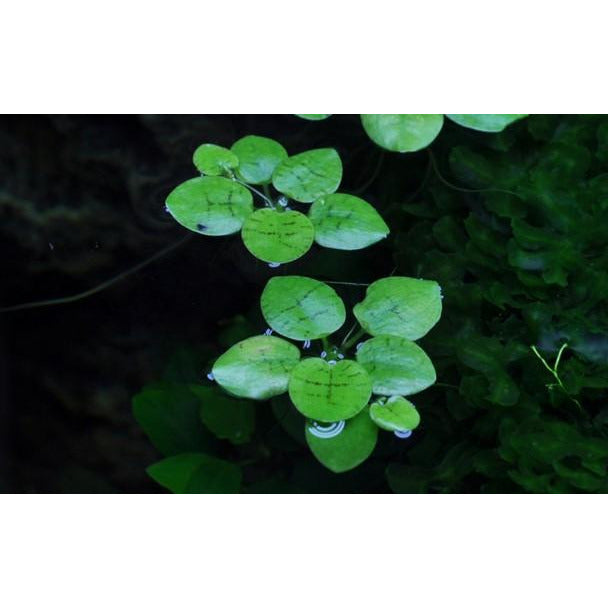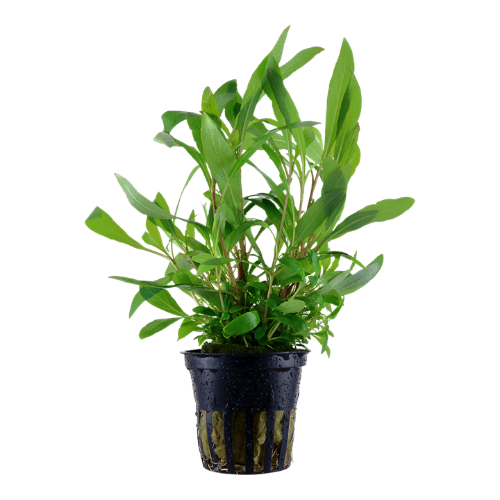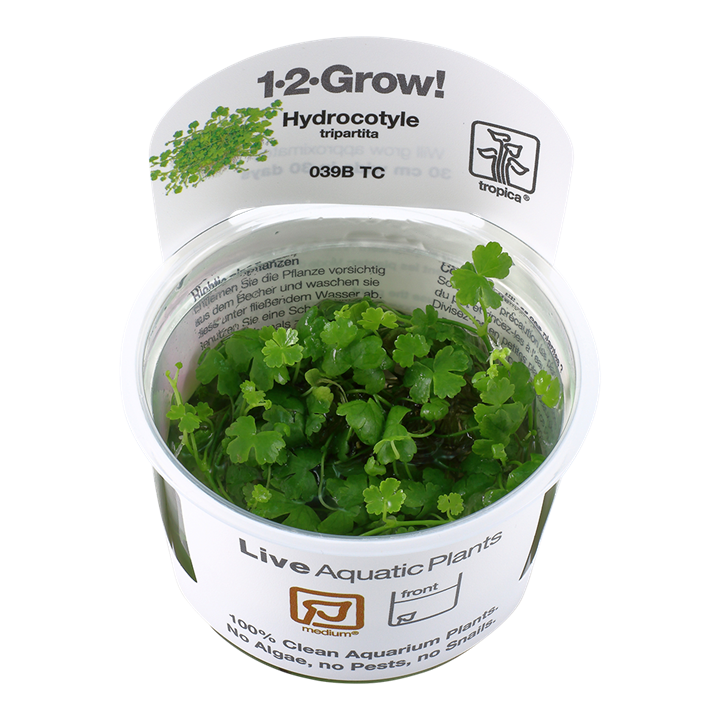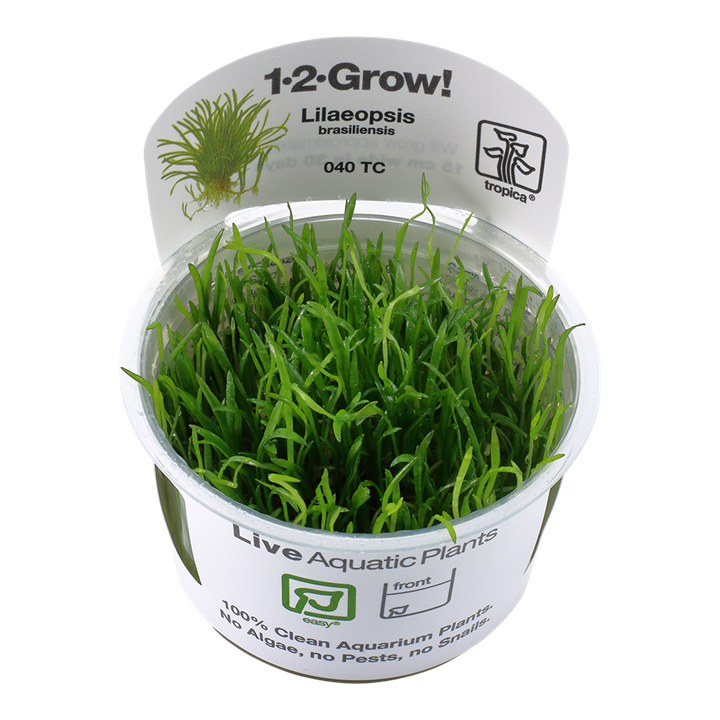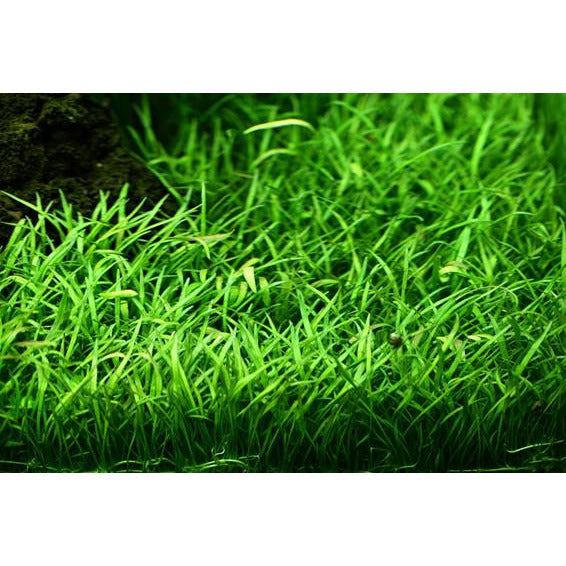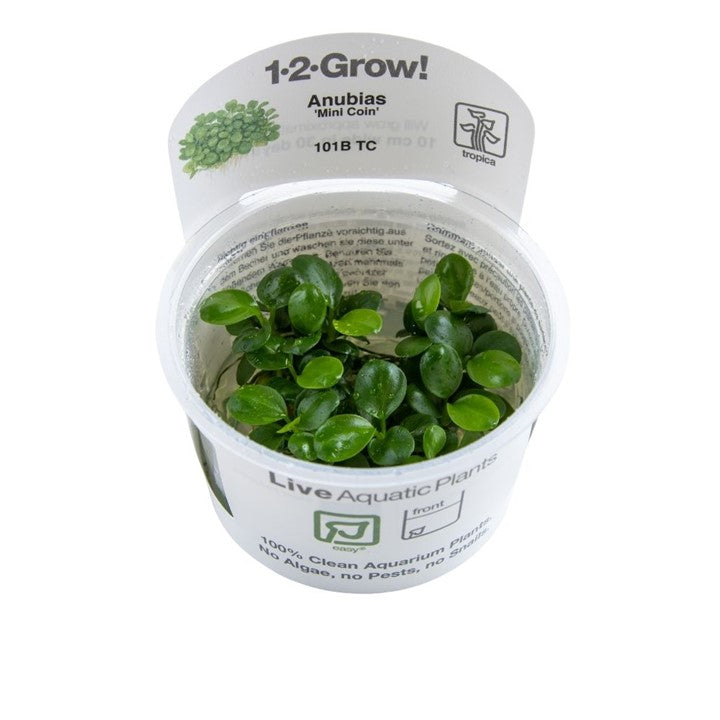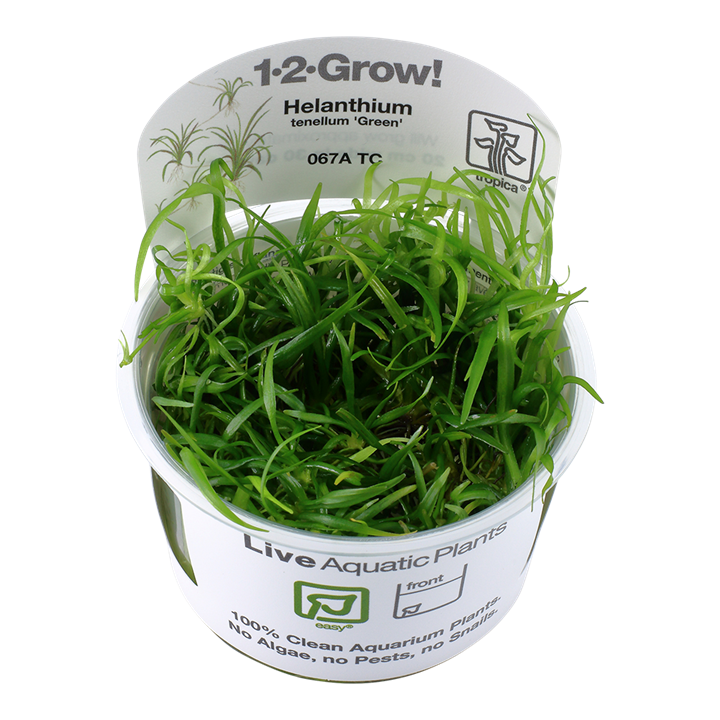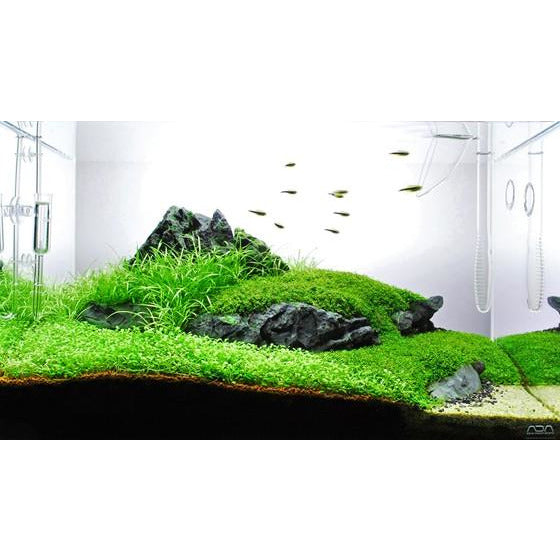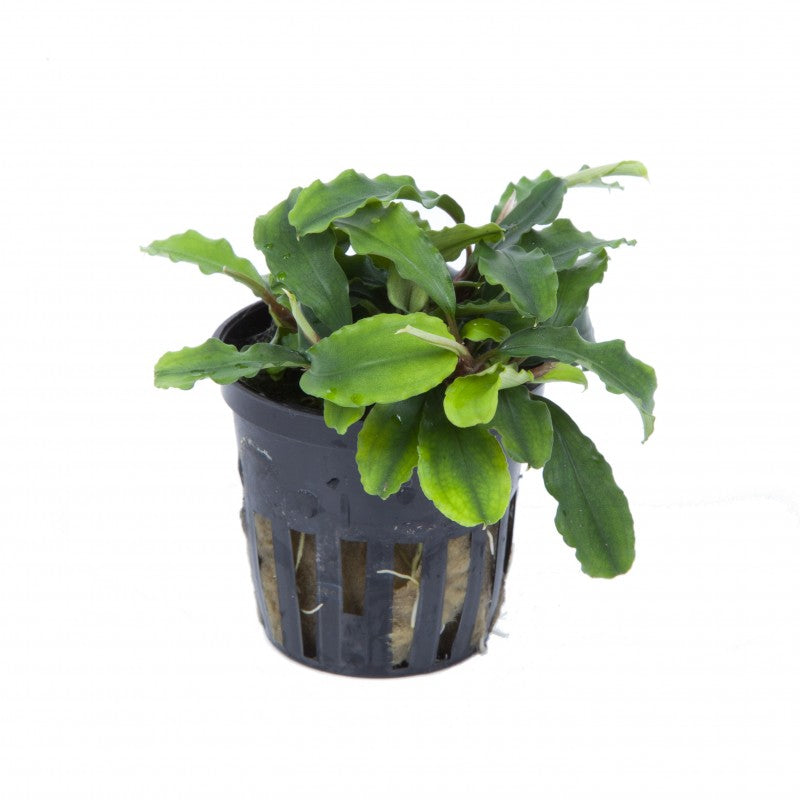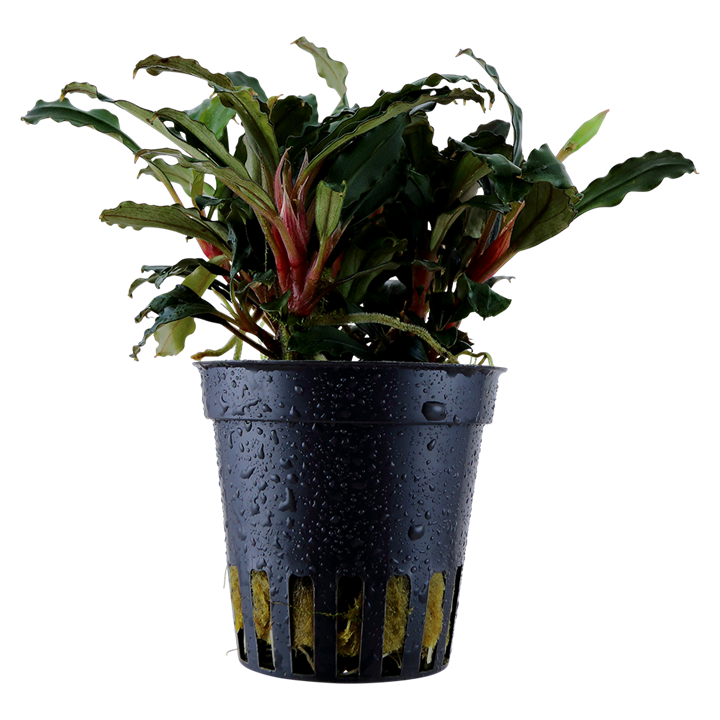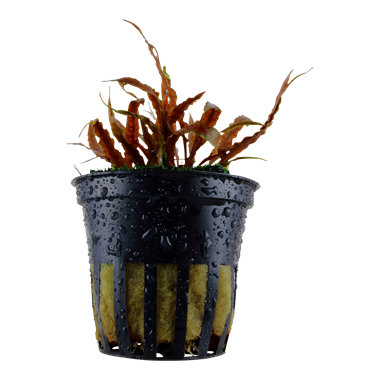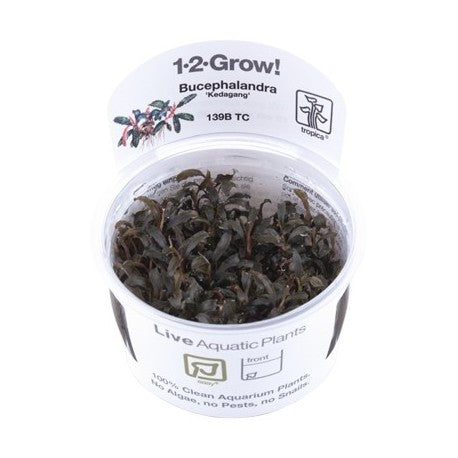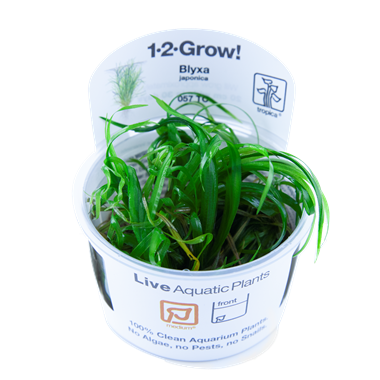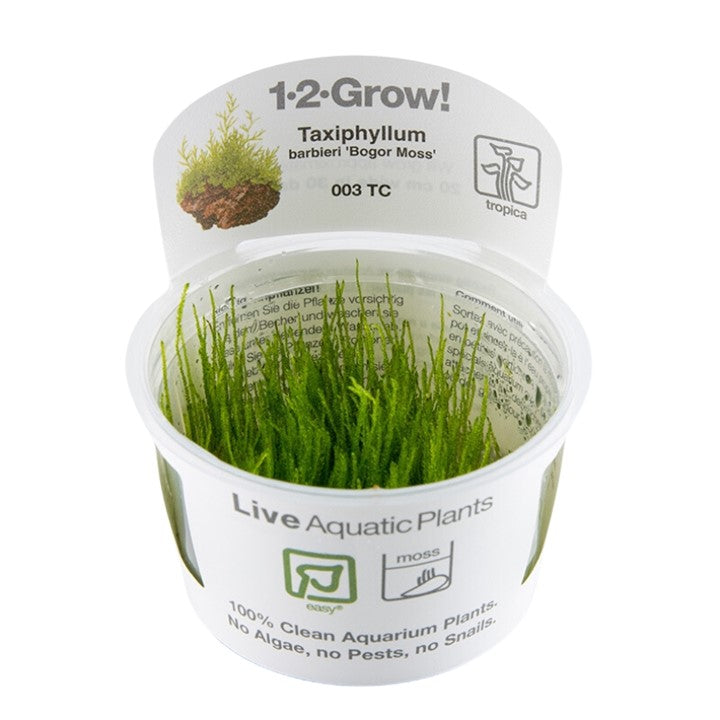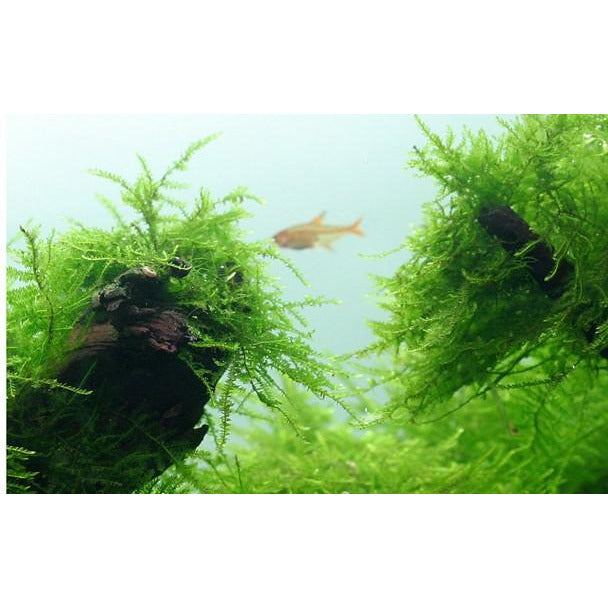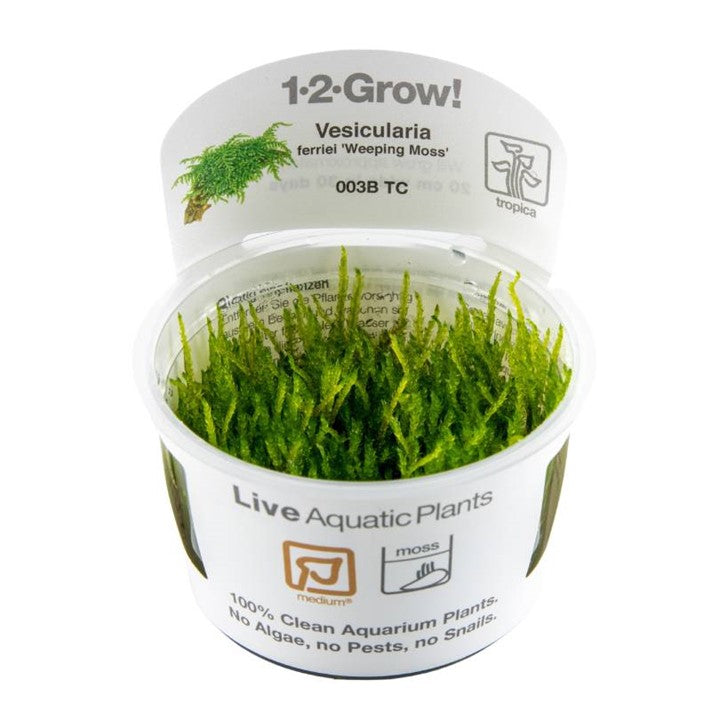
Biotope & Wild Style Aquascaping: Embracing Nature in Your Aquarium

Biotope & Wild Style Aquascaping: Embracing Nature in Your Aquarium
Aquascaping is more than just arranging plants and rocks—it's about recreating the essence of nature underwater. Two increasingly popular approaches are biotope and wild style aquascapes. While both embrace natural aesthetics, each offers a unique take on authenticity, creativity, and ecosystem replication.

What Is a Biotope Aquascape?
A biotope aquarium is designed to replicate a specific natural habitat as accurately as possible. This includes:
-
Native flora and fauna from a defined geographic location (e.g. Amazon Basin, Southeast Asia, African Rift Lakes)
-
Appropriate water parameters (pH, hardness, temperature)
-
Matching substrate, hardscape, and lighting conditions
Think of it as a living snapshot of a wild river, swamp, or lake—down to the smallest detail.
Popular Biotope Themes:
-
Amazon River – Featuring driftwood, leaf litter, fine sand, and species like Cardinal Tetras, Apistogramma, and Echinodorus
-
Blackwater Southeast Asia – Murky, tannin-rich water with botanicals, roots, and Rasboras
-
Lake Tanganyika – Rocky hardscape, minimal plants, and cichlids

What Is Wild Style Aquascaping?
While biotopes focus on accuracy, wild style aquascapes aim for a natural look without strict regional limitations. The goal is to mimic nature’s chaos:
-
Dense, layered planting
-
Textural contrast
-
Organic hardscape placement
-
Uneven growth for a raw, untamed feel
Wild style is often inspired by untouched rainforest streams or overgrown jungle clearings.
Great question — biotopes and aquascapes can look similar at first glance, but they differ significantly in their creation, purpose, and style.

How are Biotopes,and Wild Style Setups different from Aquascaping?
-
Biotope Aquariums aim to faithfully replicate a specific natural habitat — down to the exact species of fish, plants (if any), water parameters, substrate, and even light levels. It’s an ecological recreation.
-
Aquascapes, particularly styles like Nature Aquarium, Dutch, or Iwagumi, prioritise aesthetic design and artistic composition. They’re inspired by nature but don’t necessarily mimic a real ecosystem.
Creation & Setup Process
| Aspect | Biotope Aquarium | Aquascape (e.g., Nature Style) |
|---|---|---|
| Research-based | Heavy research into specific regions and species | Focused more on layout, plant growth, harmony |
| Livestock | Species must naturally coexist in the wild | Mixed species allowed if compatible |
| Substrate | Chosen to match real environments (e.g., blackwater, leaf litter, sandbanks) | Chosen for plant health and aesthetic impact |
| Water Conditions | Precisely tuned (pH, KH, GH, temperature) | Optimised for plant growth, not realism |
Visual Style
-
Biotope tanks often appear raw or chaotic — full of botanicals, leaf litter, and natural debris. They might lack vibrant plants or have tannin-stained water, mimicking jungle streams or African rivers.
-
Wild Style Aquascapes, inspired by biotopes but more interpretive, aim for a more curated aesthetic — blending botanicals, roots, and rock while still maintaining visual balance. They’re not strict replications but give the “feel” of the wild.
-
Aquascapes are more symmetrical, manicured, and clean. They follow design rules (rule of thirds, depth cues, etc.) and use trimming and layout tricks to guide the viewer’s eye.

Hardscape & Botanicals
-
Biotope Tanks:
-
Use region-specific woods and rocks (e.g., Mopani wood for African, river stones for Asian streams).
-
Include botanicals like seed pods, catappa leaves, and alder cones to create realism and release tannins.
-
-
Aquascapes:
-
Use hardscape more decoratively: dragon stone, lava rock, or spiderwood for structure and flow.
-
Botanicals are rarely used unless creating a wild/natural theme.
-

Using Botanicals in Biotope & Wild Aquascapes
Botanicals (natural plant materials) are perfect for adding realism and function:
-
Catappa leaves, almond leaves, oak leaves – Add tannins and provide shelter
-
Seed pods, twigs, bark – Mimic forest floor debris, help develop biofilm for shrimp and fry
Botanicals also subtly alter water chemistry, especially in softwater blackwater systems.
Tip: Always boil and pre-soak botanicals to remove contaminants and avoid clouding.
Hardscape Materials: Rocks & Wood
The foundation of any aquascape lies in the hardscape. Choose natural-looking elements that match your chosen style.
Best Wood Types:
-
Driftwood / Manzanita – Ideal for Amazonian and jungle styles
-
Spider wood – Adds root-like complexity in wild layouts
-
Bogwood – Great for darker, blackwater themes
Best Rocks:
-
Seiryu stone – Common in wild style tanks for dramatic impact (though not biotope-accurate)
-
Pagoda stone – Adds vertical texture
-
River pebbles and cobbles – Great for replicating streams and riverbeds
-
Lava rock – Lightweight and porous, useful in low-tech or nutrient-retentive layouts
Hardscape materials can be quite tricky when replicating a biotope, but we have a good range of wood and rock online and in-store to get something as close as possible.
Plant Choices for Each Style
-
Biotope: Use only native plants. Amazonian tanks may include Echinodorus, Cabomba, or floating plants like Salvinia.
-
Wild Style: Mix fast growers like Hygrophila, Rotala, and Limnophila with mosses and floating species to encourage organic spread.
Avoid over-trimming—let plants overgrow slightly for that authentic look.
Biotope/Blackwater Fish Acclimation
When introducing fish into a tannin-rich aquarium—such as a blackwater or biotope-style setup—proper acclimation is essential due to the significantly different water chemistry. These environments typically have lower pH levels, softer water, and reduced light penetration, which can be a stark contrast to the conditions the fish may have come from. Sudden exposure to acidic, mineral-poor water can cause osmotic stress, where the fish struggle to regulate their internal fluid balance, leading to health issues, disorientation, or even death.
Additionally, tannin-rich tanks often have slightly lower oxygen levels due to the breakdown of botanicals and organic materials, which can further challenge newly introduced fish. The darker water and altered lighting conditions can also affect the fish’s sense of security, making a gradual introduction vital.
To safely acclimate them, it’s best to float the bag for temperature adjustment, then slowly drip in tank water over 45–60 minutes to allow their bodies to adapt. Keeping the lights dim during this process reduces stress further. Taking these steps ensures the fish adjust smoothly and begin exploring their new environment with confidence.
Ready to create a Biotope/ Blackwater or Wild Style Aquascape?
Whether you're drawn to the geographic precision of a biotope or the free-flowing beauty of a wild style layout, both approaches bring you closer to nature. They offer unique opportunities to express creativity while respecting the ecosystems we love.
Ready to try one yourself? Explore our selection of botanicals, rocks, driftwood, and regional plants—available online and in-store at Horizon Aquatics. Let nature inspire your next aquascape. You can shop by plant origin on our website making selecting plants for your biotope a little easier.


